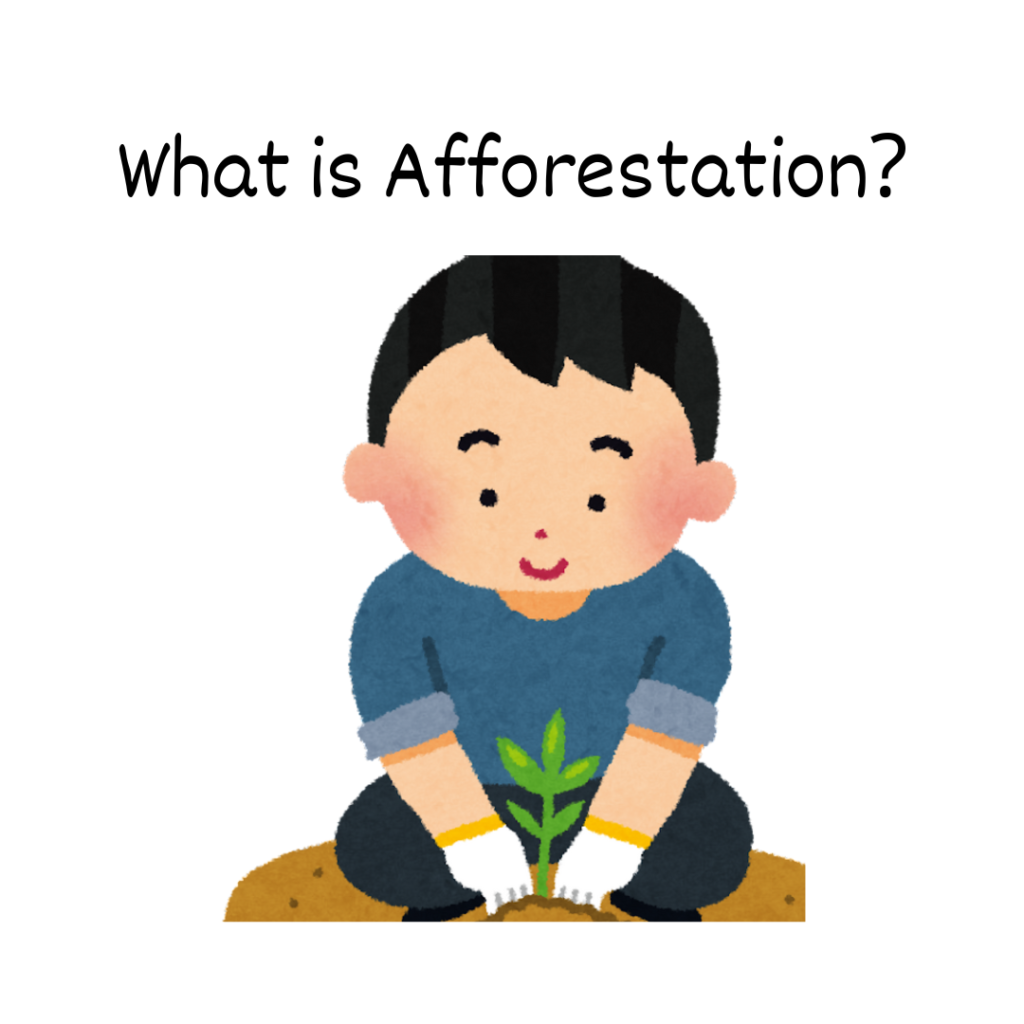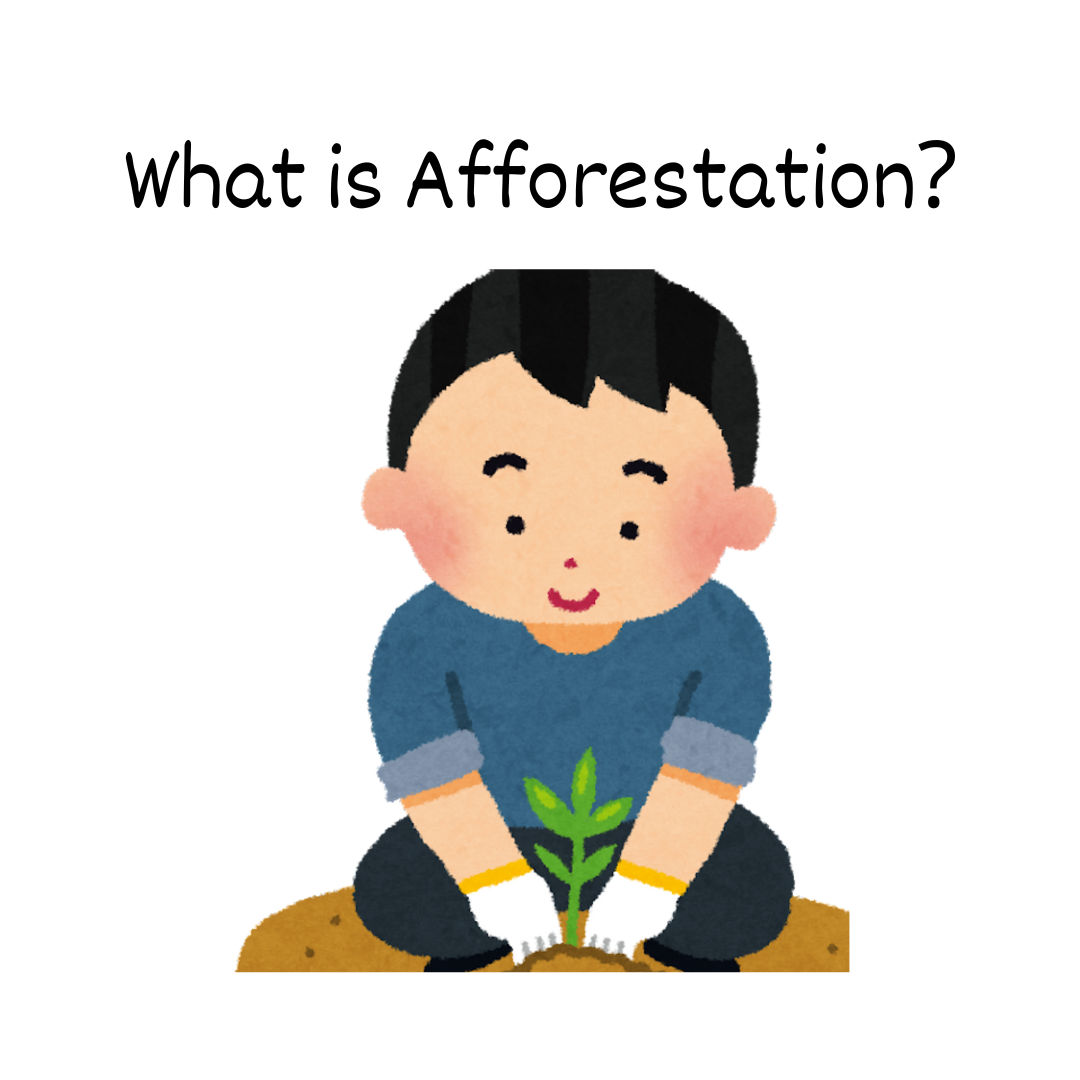Afforestation: A Solution to Global Warming in 500 words, Discover how afforestation helps fight global warming, reduces carbon emissions, and creates a sustainable future. Learn key facts for exams.

Afforestation: A Solution to Global Warming
Global warming is one of the most pressing challenges the world faces today. With rising temperatures, melting glaciers, and unpredictable weather patterns, the need for sustainable solutions has never been more urgent. Afforestation, the process of planting trees on barren or deforested land, is an effective strategy to tackle global warming.
What is Afforestation?
Afforestation refers to the deliberate act of planting trees in areas where there were no previous forest covers. Unlike reforestation, which restores existing forests, afforestation creates entirely new forests. This practice is essential in reversing the damage caused by deforestation and contributes to restoring ecological balance.

How Afforestation Combats Global Warming
- Carbon Absorption:
Trees act as natural carbon sinks by absorbing carbon dioxide during photosynthesis. Planting more trees reduces the amount of carbon dioxide in the atmosphere, helping to mitigate global warming. - Cooling Effect:
Forests lower the Earth’s temperature by providing shade and releasing water vapor, which cools the surrounding area. - Improved Air Quality:
Trees release oxygen and filter out harmful pollutants, ensuring cleaner air for all living beings. - Biodiversity Conservation:
Afforestation helps create habitats for various species, supporting biodiversity and maintaining the planet’s ecological balance.
Benefits of Afforestation
- Erosion Control: Tree roots bind the soil, reducing the risk of soil erosion.
- Water Conservation: Forests improve the water cycle by retaining rainwater and reducing runoff.
- Climate Resilience: Areas with dense forests are more resilient to extreme weather events like floods and droughts.
Challenges of Afforestation
While afforestation is beneficial, it is essential to implement it responsibly. Planting non-native species can harm local ecosystems. Moreover, long-term maintenance and community involvement are crucial for the success of afforestation projects.
Why Should Students Care About Afforestation?
As future leaders, students play a vital role in promoting environmental conservation. Understanding the importance of afforestation can inspire them to participate in tree-planting drives, create awareness, and take small steps to combat global warming.
How You Can Help
- Participate in Tree-Planting Campaigns: Join local and national afforestation programs.
- Spread Awareness: Educate your friends and family about the benefits of afforestation.
- Support Policies: Advocate for government initiatives that promote afforestation.
Conclusion
Afforestation is a simple yet effective way to combat global warming and ensure a sustainable future. By planting trees, we can reduce carbon emissions, protect biodiversity, and create a healthier planet. It is the responsibility of individuals, communities, and governments to prioritize afforestation and work together for a greener tomorrow.
-
How does afforestation help reduce global warming?
Afforestation reduces global warming by absorbing carbon dioxide, cooling the environment, and improving air quality.
-
What is the difference between afforestation and reforestation?
Afforestation involves planting trees in areas where there were no previous forests, while reforestation restores existing forests.
-
Can afforestation solve global warming entirely?
While afforestation is a powerful solution, it must be combined with other measures like reducing fossil fuel use and adopting renewable energy.
-
What are the best trees for afforestation?
The choice depends on the region, but native species are usually the best as they adapt well to local conditions and support biodiversity.
-
How can students contribute to afforestation efforts?
Students can participate in tree-planting drives, educate others, and advocate for environmental conservation policies.

Essay in 200 words
Global warming is a critical global issue caused by rising greenhouse gas levels. Afforestation, the act of planting trees on barren land, offers an effective solution to mitigate its effects.
Trees absorb carbon dioxide during photosynthesis, acting as natural air purifiers and reducing the harmful greenhouse effect. They cool the environment, improve air quality, and help conserve water. Additionally, forests support biodiversity and protect against soil erosion.
While afforestation holds immense potential, it requires careful planning. Planting native species and involving communities ensure its success.
Students can participate in tree-planting drives and raise awareness to promote afforestation. By working together, we can combat global warming and secure a sustainable future.
Download PDF ..
For more articles you can visit our website https://www.stationvidya.com
You can follow us on Instagram: https://www.instagram.com/stationvidya/
Facebook: https://www.facebook.com/stationvidya/
You tube: https://www.youtube.com/@stationvidya/
We hope you’d loved the content , please do like, share and comment.
Subscribe for notification.

Leave a Reply